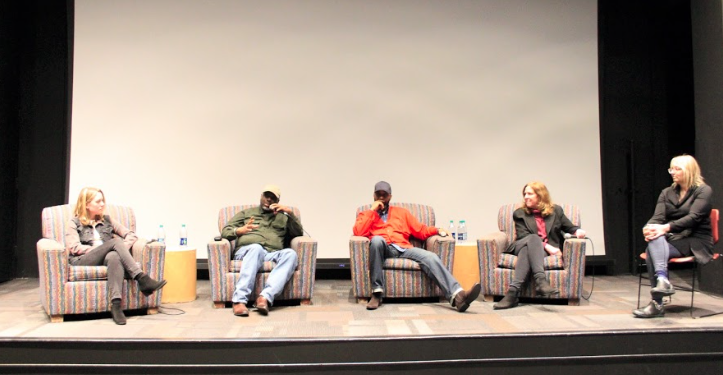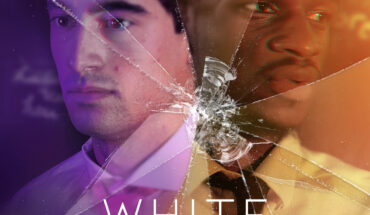Documentary from GMU Visiting Filmmakers
By Muhammad Arham, Contributor
From the history of the Lorton Correctional Complex comes the story of “In Lorton’s Darkroom”, which changed the lives of the inmates living there. GMU Visiting Filmmakers Series conducted a short documentary screening of “In Lorton’s Darkroom” in the Johnson Center Cinema about the life-changing event. The Lorton Correctional Complex was a prison located in Virginia that closed in 2001. The screening followed with a dialogue about the documentary with the film’s producer Emma Pearce, photographer Karen Ruckman, and Lorton Darkroom alumni Calvin Gorham and Michael Moses El. Sue Wrbican, associate professor and director of photography at Mason, facilitated the discussion.
In 1981, the Lorton prison started a photography workshop that taught inmates basic photography skills. This workshop was expected to be an outlet for them to develop their photography skills for after they were released from prison. However, what happened was more than that. By joining the photography program workshop, inmates were able to capture every precious moment of their lives during incarceration in a unique way through photographs and so discover different perspectives.
Moses El, a photography program alumni, answered a question during the Q&A session.
“One of my favorite pictures is the picture of my wife. I took her picture every time she came to see me,” Moses El said.
The movie depicted inmates’ journey of self-discovery as they built self-esteem to find their place in society. The value they discovered through photography provided a space to be productive and creative in taking compelling pictures. Additionally, the photographs captured and produced in the darkroom gave inmates a chance to appreciate their work.
Gorham, another photographer alumni of Lorton’s photography program who is now a minister, said it’s important to understand the value of photography.
“When I got to the photography program, it let me see there was some good and creativity in me and that God created me with what I can share with others,” Gorham said. “That was my turning point, eye-open experience.”
The documentary movie displayed numerous pictures from inmates and showed how every one of them possess a self-story they tried to tell.
“The movie is very powerful,” said Eric Anderson, an audience member. “I really like the photographs they took, the one with shadowy figure in the middle of the building reflection. I enjoy it!”
Lorton’s darkroom project is a unique way to address the issue in incarceration by showing how the arts can help inmates find a transformative way of life.
“I think it was very beautiful film and it was great that something like that was produced,” Mason English professor Sheri Sorvallo said. “I hope that kind of film to release and with the larger project it can hopefully have effect some movements to have those kind of programs in prison or something like that because they obviously help rehabilitate, refocus and really transition people out of the system and having some skills when they come out and just giving them something to focus on and to hope for. It is really cool.”
As the act of giving back to the community, the photographers created a foundation by opening three transition homes in southeast Washington D.C. The homes cater to recent retirees, veterans, and former inmates as they transition into a new stage in life. Their objective is to provide comprehensive housing, medical health care and employment opportunities.
Photo by Muhammad Arham




